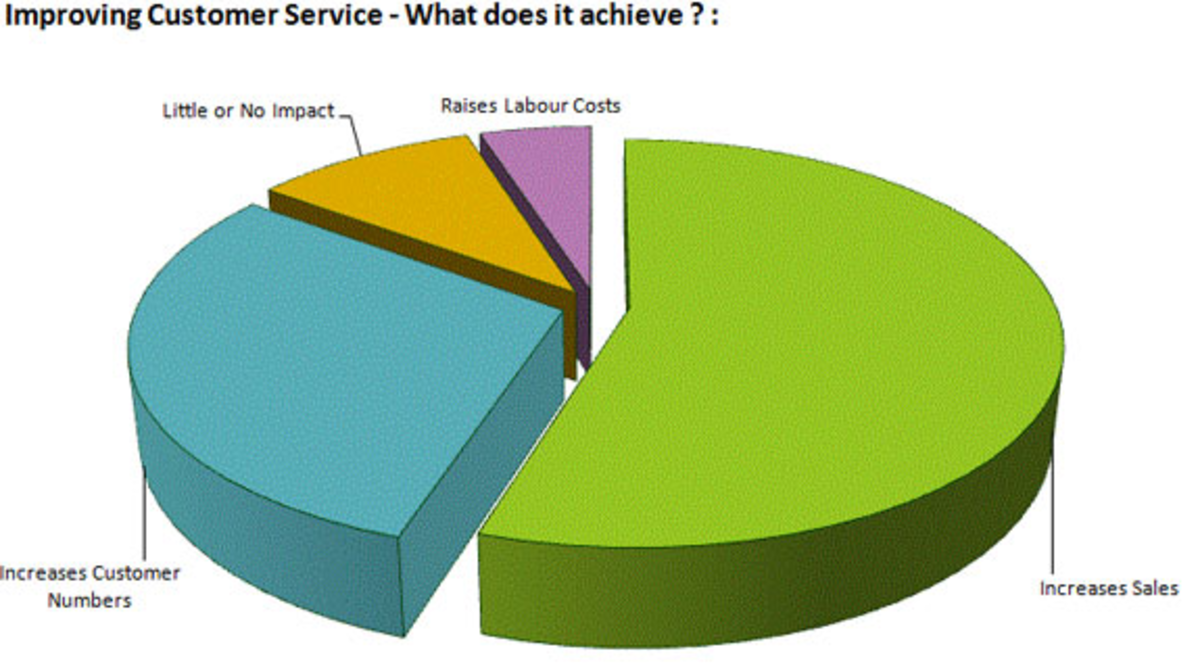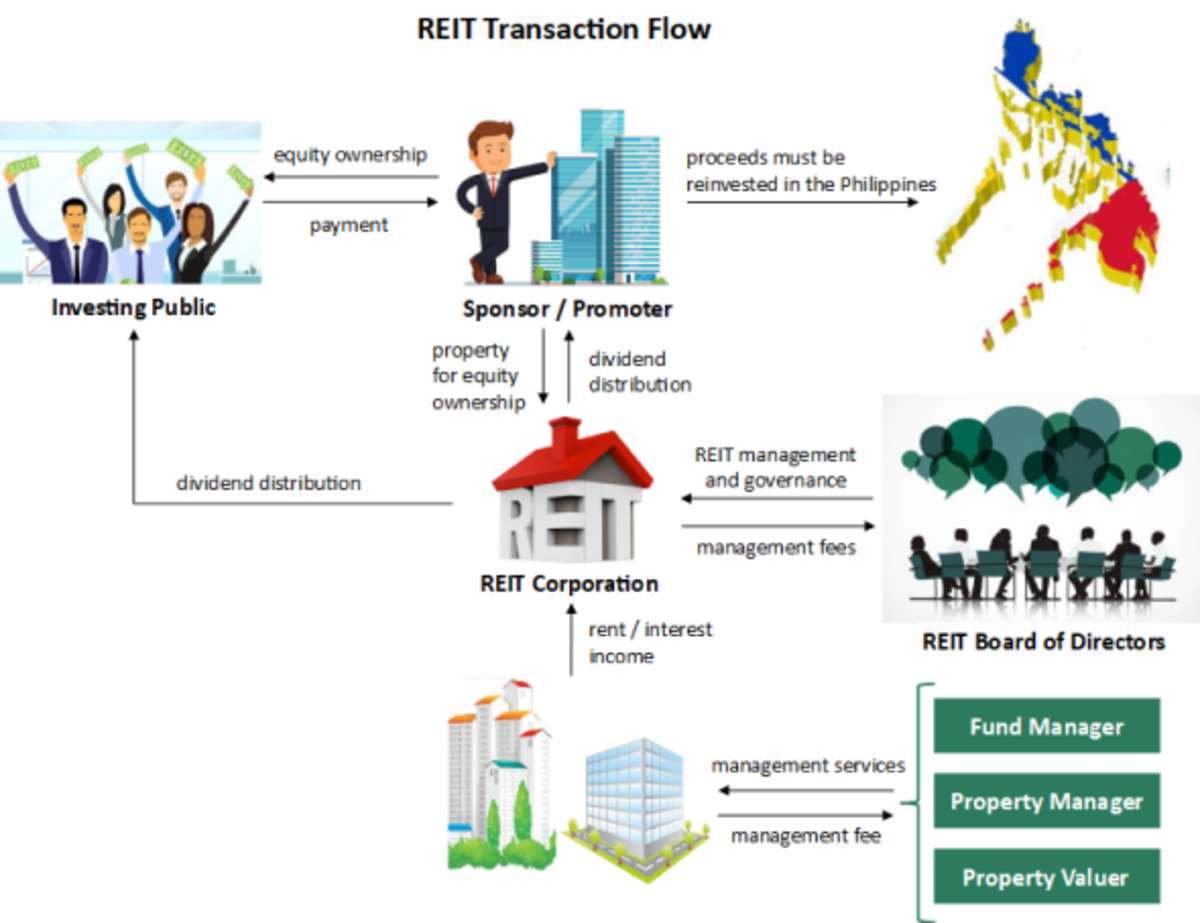Speck: Implementation, Predicted 'Scum Band,' New Analytical Methods, Effects

How would markets react to speck?
Currently, I am lobbying Canadian Prime Minister Justin Trudeau, Ontario Premier Kathleen Wynne, Canadian Minister of Finance Bill Morneau, and Ontario Minister of Finance Charles Sousa, among others, with regard to the need to legislate the introduction of "speck," a new financial instrument that I have proposed replace stock in publicly traded companies with zero revenue, as I have discussed extensively with HubPages, Blasting News, and the Inquisitr. I believe that this change will save both lives and life savings.
When consulting with industry experts, the fact that many publicly traded companies, including profitable ones, use accounting methods to increase or decrease, effectively smoothing, profits or revenue in a given quarter, when advantageous to do so, and that some companies with zero revenue may be tempted to engage in methods to artificially boost it, above zero, so their equity could be referred to as stock instead of speck, effectively circumventing the objective of the legislation, was brought to my attention.
There are at least two ways to address this issue with proposed legislation. The first, and in my eyes most preferable, would be the inclusion of wording in the legislation that predicts the formation of a "scum band": a group of companies who report questionably low amounts of revenue compared with the amounts of equity they raise.
Adrian du Plessis in 1993
Similarly, it has been discovered that close to 100 TSX Venture-listed companies, the majority of which appear to have zero revenue, have been found that have stock charts with errors that mislead investors, allowing them to believe that the stocks have not lost as much value as they really have. Most interesting, these errors are only found on charts with consolidation, or reverse-split, adjustments, when it is in the favor of issuers, but not on charts with split adjustments.
It would seem reasonable to assume that at least some similar operators, instead of seemingly deceiving investors with misleading charts, might be tempted to fudge their revenue numbers so they could sell stock instead of speck under the proposed rename. It would also seem that these companies would stick out like a sore thumb, and be obvious candidates for close scrutiny by independent analysts, journalists, law enforcement, and short sellers. Such a declaration in the legislation itself would serve as a deterrent.
A second way to address the issue of the "scum band" would be to move the "stock/speck line" higher, from zero revenue, to a number near $500,000, which would seem in-line with current Toronto Stock Exchange minimum cash-flow listing requirements. The exact placement of the stock/speck line is certainly open for debate.
Stock/Speck-Line Poll
Where should the stock/speck line be set in Canada?
What type of revenue? New research tools
Another, easily overcome issue with the implementation of speck is determining exactly what type of revenue would used to determine whether or not a company would be permitted to sell stock or speck. I propose that trailing-12-month revenue be used, where, after a company first reports its fourth consecutive quarter with zero revenue, after a period of reporting revenue, is, along with analysts and promoters, immediately required to begin referring to its stock as speck and shares and shyres.
After a company reports its first quarter with revenue after a period longer than four with zero, it could be permitted to begin referring to its equity as stock, in some cases, again. Other types of revenue could also be used.
The introduction of speck would introduce a range of new analytical methods, and many new data points, suitable for research. For example, at any given time, there would be a finite of number of specks and a finite number of stocks in Canada: the ratio between them could be tracked and compared with other existing data, and could possibly yield valuable information.
Adiran du Pessis in 1996
Bid-ask spreads
Something that experienced Canadian investors are aware of, that many uninitiated are oblivious to, is the existence of a wide minimum tick increment of $0.005 for stocks below $0.50, as reported by Day Trading Wiki. This results in investors who buy stocks with bid-ask spread of $0.005-$0.01 and $0 to $0.005 being faced with instant 50 percent and total losses: a seemingly ridiculous situation.
By comparison, companies like U.S.-traded Affinity Gold Corporation (OTC: AFYG) have shares which are traded with minimum tick increments of $0.0001. An investor who buys at $0.01 on the U.S. over-the-counter market might have the opportunity to sell at $0.0099, with only a one-percent loss, compared with the 50-percent loss faced by the Canadian investor at the same price.
As a result of the seemingly absurd situation presented to investors with ultra-low priced Canadian stocks, many companies appear to use the reverse-split, or stock consolidation, as a method to boost their stock's price up to a range with smaller bid ask spreads, though they are outrageous. Companies like Opawica Exlporations Inc. (TSXV: OPW), RT Minerals Corporation (TSXV: RTM), and many others, have consolidated their shares several times, after they have traded close to zero.
Legislating a lower minimum tick size along with a rename to speck would seem to be a prudent course of action toward protecting the investing public.
I agree. What should I do?
Canadians and citizens of all countries where stock is bought and sold are affected by this issue. Canadians who are concerned can write or email their local member of provincial or federal government, as well as the finance and safety ministers. Americans can write or email their representatives, senators, and governors. Those in other countries can write to their local government representatives.
Prime Minister Justin Trudeau
Address: House of Commons, Ottawa, Ontario, Canada, K1A 0A6
Email: justin.trudeau@parl.gc.ca
Minister of Public Safety Ralph Goodale
Address: House of Commons, Ottawa, Ontario, Canada, K1A 0A6
Email: ralph.goodale@parl.gc.ca
Minister of Finance Bill Morneau
Address: House of Commons, Ottawa, Ontario, Canada, K1A 0A6
Email: Bill.Morneau@parl.gc.ca
© 2017 Stephen Sinclair








